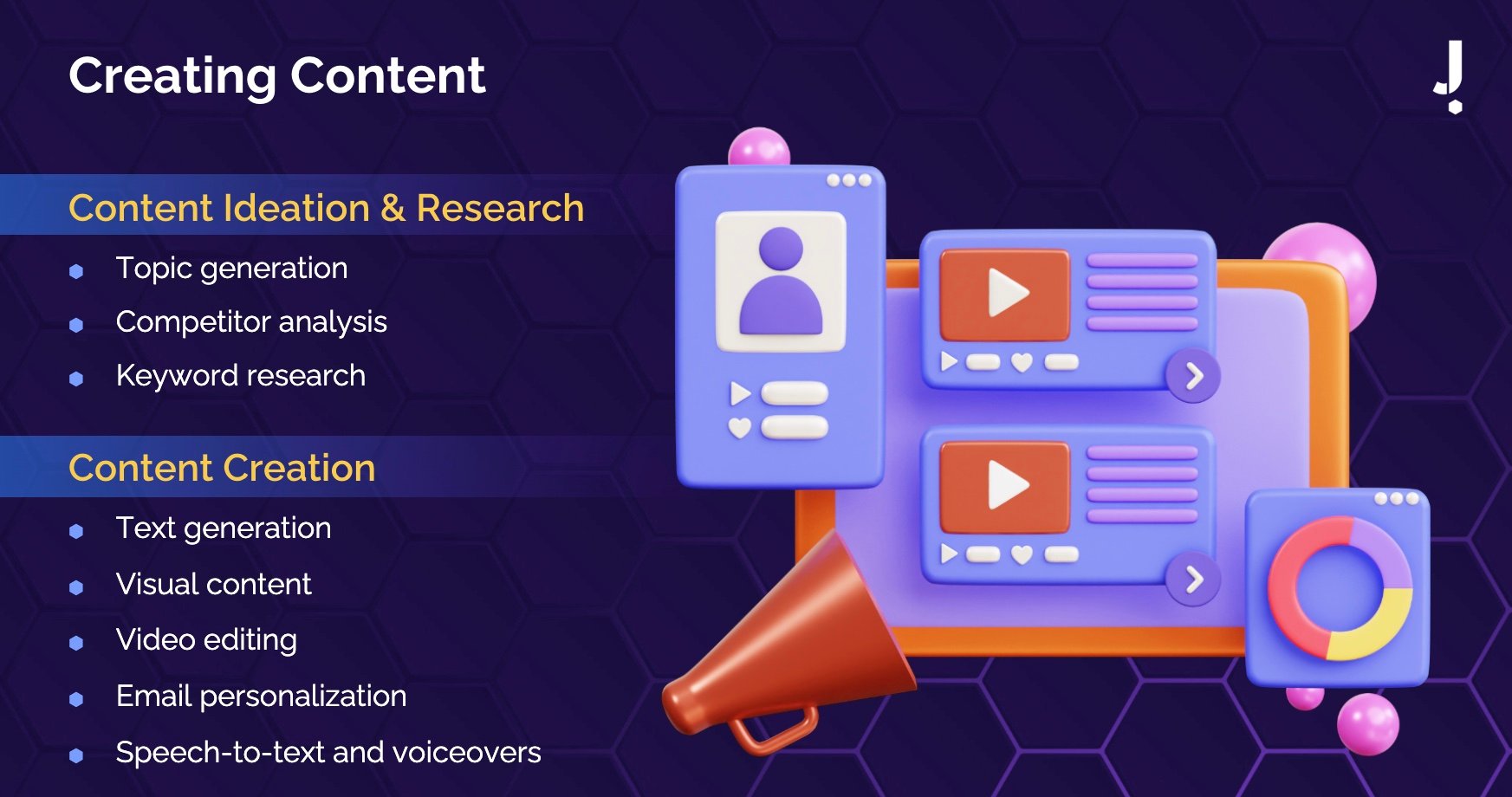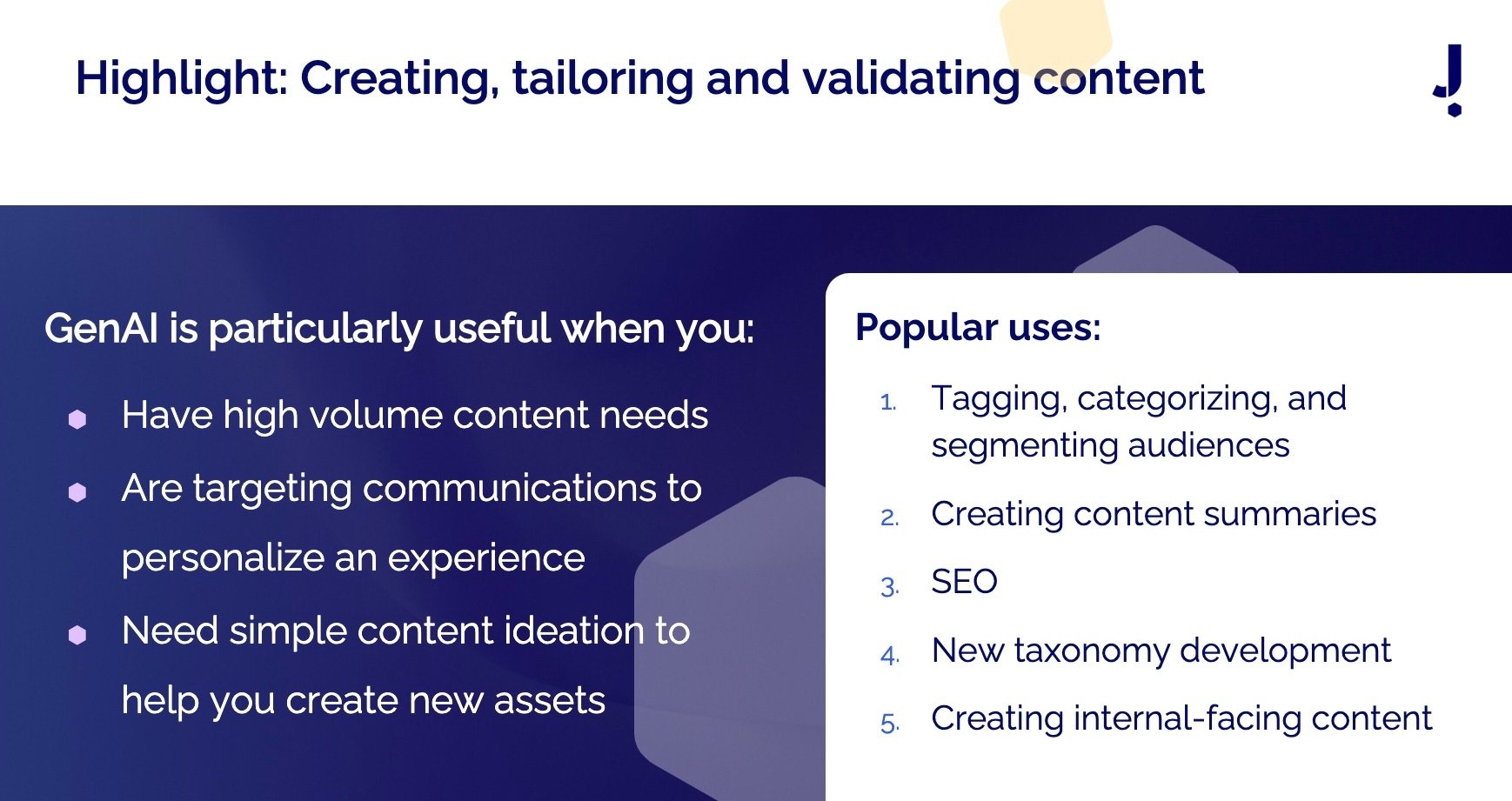AI is seemingly everywhere. Its capabilities, and the tools built on them, are advancing daily. Trying to stay current can feel like drinking your way out of a river.
And AI doesn’t just provoke curiosity. It stirs a whole spectrum of emotions: wonder and amazement, but also apprehension, confusion, frustration, and even insecurity. For marketing, content, and communications professionals, those feelings often coexist. AI can feel enigmatic: a potential career disruptor, yet also a powerful productivity ally. It promises to save time, but demands plenty to learn how to use it effectively.
If that sounds familiar, you’re in good company. Even the largest enterprises and most experienced leaders are grappling with the same uncertainty. According to McKinsey, over 80% of enterprise growth leaders recognize that AI will change their work, yet 84% admit they don’t know how.
In this article, inspired by a recent presentation by JAKALA N.A.’s Director of Client Success, Chaney Moore, and Creative Director, Matthew Dichter, we’ll explore how AI can help transform content operations, turning that uncertainty into measurable impact.
Why do so many fail to deliver impact?
Many of the challenges aren’t because of the ineffectiveness of the tool, but how it's applied. One can’t just ‘throw AI’ at their problems. AI must be used intentionally for success at an individual level, and more importantly, must be strategically orchestrated for use across an organization.
- Lack of strategic foundation
- Inadequate talent and expertise
- Scaling and integration issues
- Poor data management
- Unrealistic expectations
- Human and process problems






